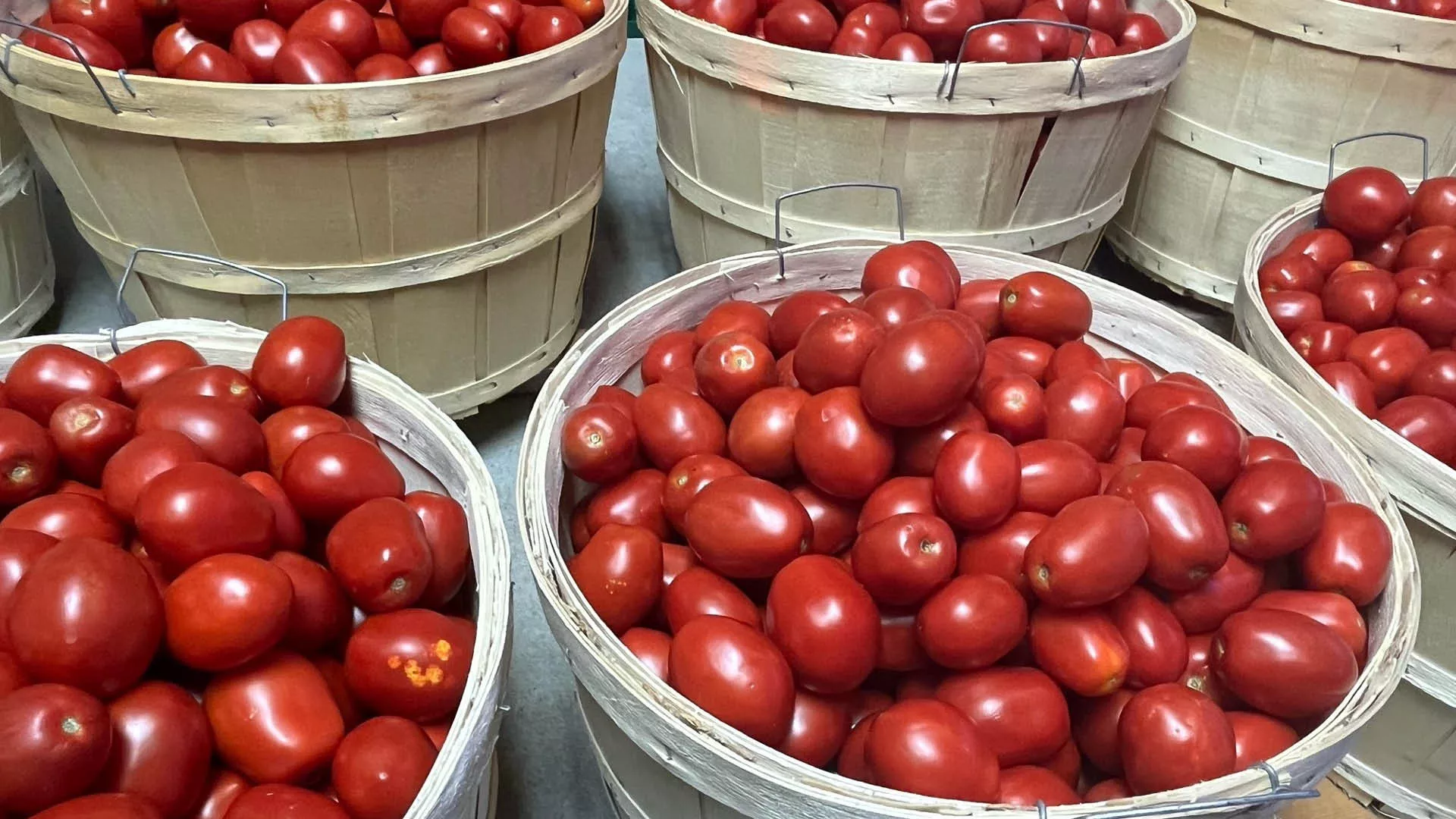Food scraps are not garbage
From fertilizer to tasty leftovers, they can do more than you think!
It’s officially canning season, which means you may be getting ready to preserve fruits and vegetables or make homemade jams, sauces and more. But did you know that your food scraps are not garbage?
When organic waste, such as tomato and grape peels, sits in a landfill, it releases harmful greenhouse gases that pollute our environment. That’s why food scraps belong in the green bin! By placing food waste into the green bin, we help create nutrient-rich fertilizer for farmers’ fields to help grow our food.
Your leftovers can have many benefits for crops! Here are some fun facts you may be surprised by:
- Banana skins break down quickly and help improve soil texture, retain water and lighten heavy soils.
- Coffee filters add essential carbon to compost piles, improving drainage, reducing odours and aerating the pile.
- Coffee grounds are rich in nitrogen, providing bacteria that compost piles need to turn organic matter into compost.
- Eggshells are an excellent source of calcium and other essential nutrients that contribute to plant growth. Calcium strengthens the cell walls of plants; magnesium helps the process of photosynthesis; and potassium reduces water loss and wilting.
- Nutshells are rich in phosphorus and potassium, which can help promote excellent plant growth.
- Steeped tea bags and/or leaves are naturally rich in nutrients such as potassium, phosphorus and nitrogen, which can help counterbalance the carbon-rich materials in your compost.
- Straw bales can insulate a compost bin, which helps maintain heat and moisture in the compost.
Unlike produce, wooden crates and bushel baskets should be bagged and placed in the garbage – they cannot go in the green bin or blue box.
Never dispose of peels and other food products down a drain or catch basin. Doing this can cause costly blockages and damages to the City’s stormwater or wastewater systems.
Visit the City’s green bin organics webpage for more information on how to use your green bin.
Other ways you can divert food waste
Using your green bin isn’t the only way you can divert waste. Try repurposing your food scraps for other uses:
- Turn your food scraps into fertilizer for your gardens by using a backyard composter.
- Plan meals ahead so you only buy what you will eat.
- Store perishable items such as meat and produce properly so they last longer. Check York Region’s Good Food resource page for instructions and ideas.
- Get creative with leftovers – transform food scraps into a new meal.
Need a new green bin? Buy one online through Service Vaughan and schedule a delivery right to your home.
Unsure what waste item goes where? When in doubt, use the City’s ‘What Goes Where?’ tool! It’s an online sorting program that allows you to find the right bin for each waste item easily. It also provides information on curbside collection requirements. You can also download the Recycle Coach app through the Apple App Store or Google Play to help determine what goes where. The app also provides waste-less tips and a personalized collection schedule with optional alerts on what to put at the curb each week.
To learn more about the City’s waste services, visit vaughan.ca/waste.
For updates and news as they happen, subscribe to Vaughan News and follow the official corporate channels on Twitter, Facebook, Instagram and LinkedIn.





